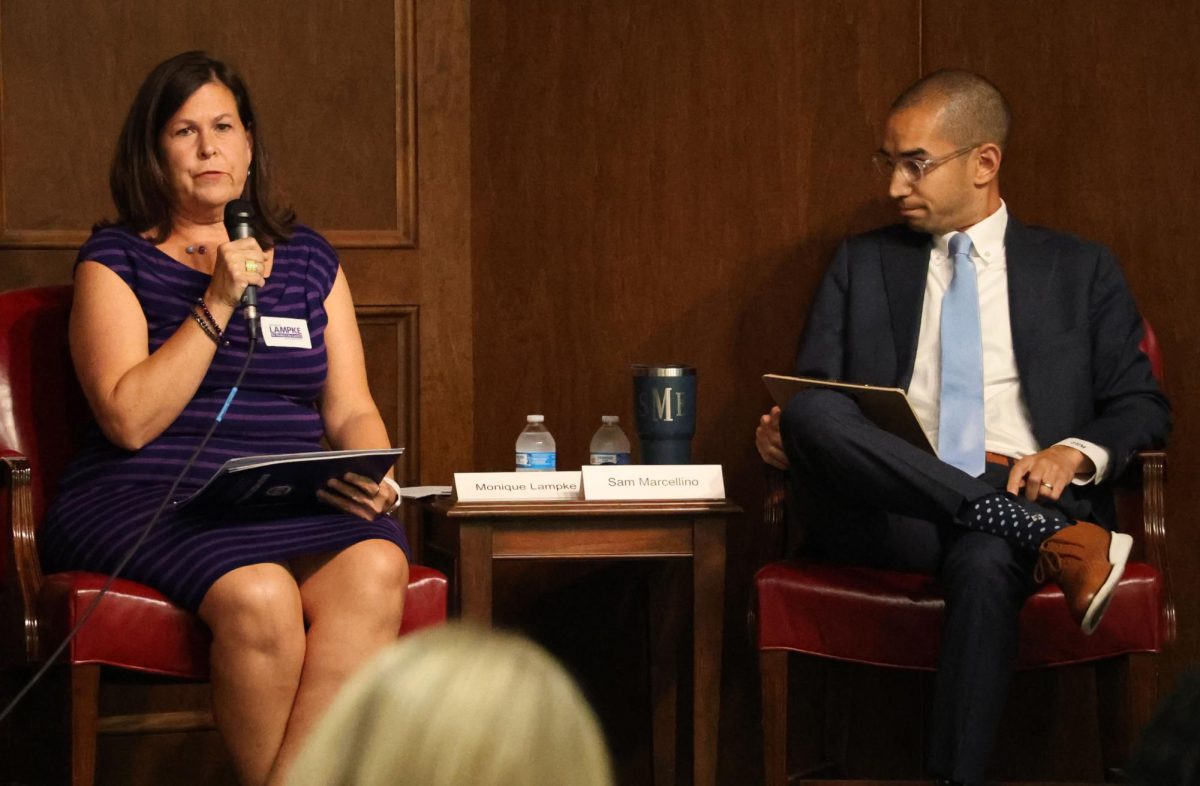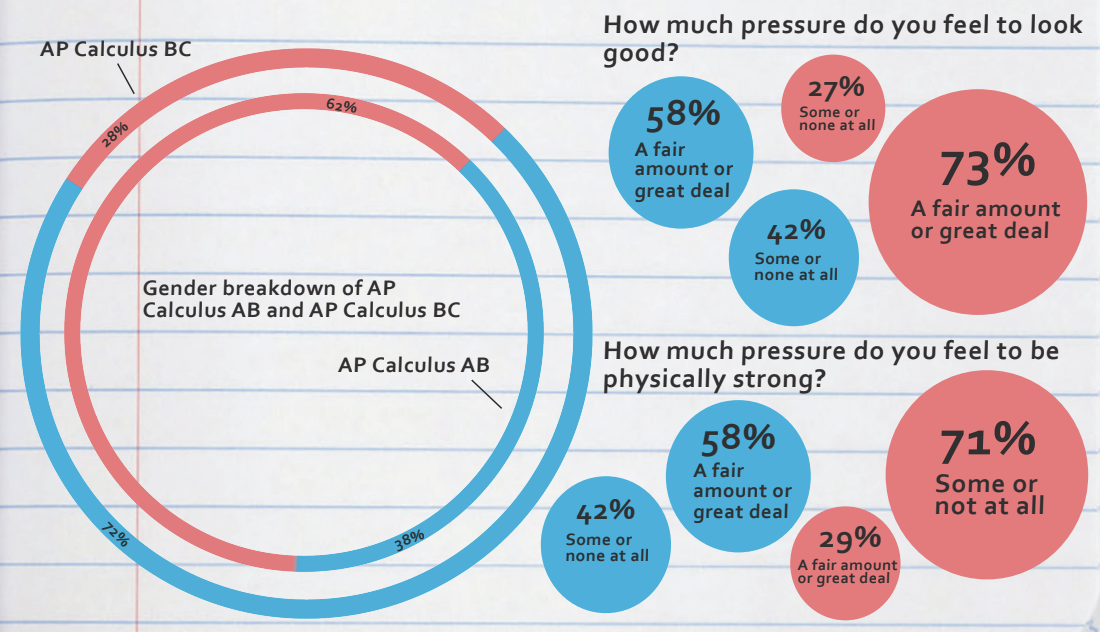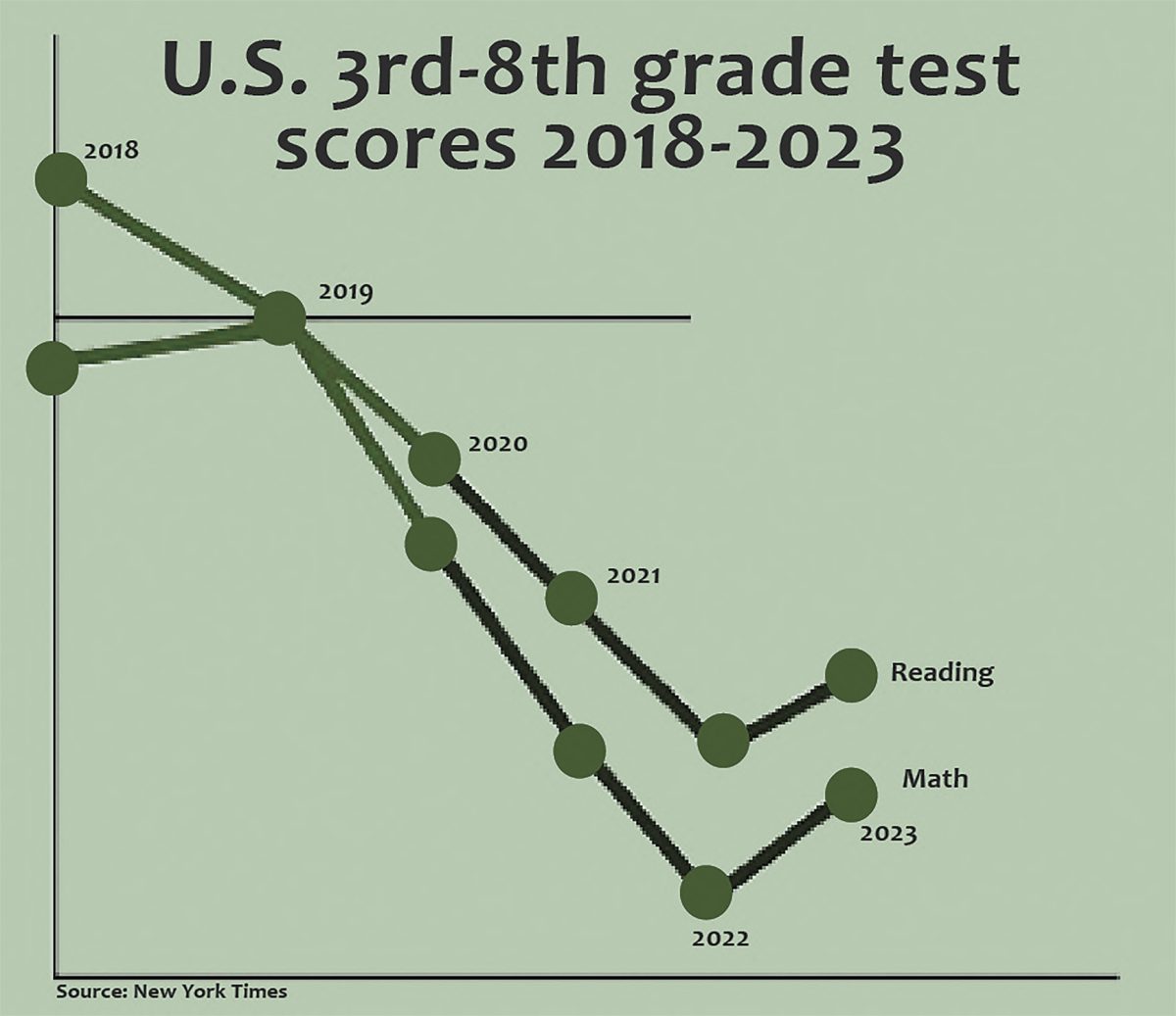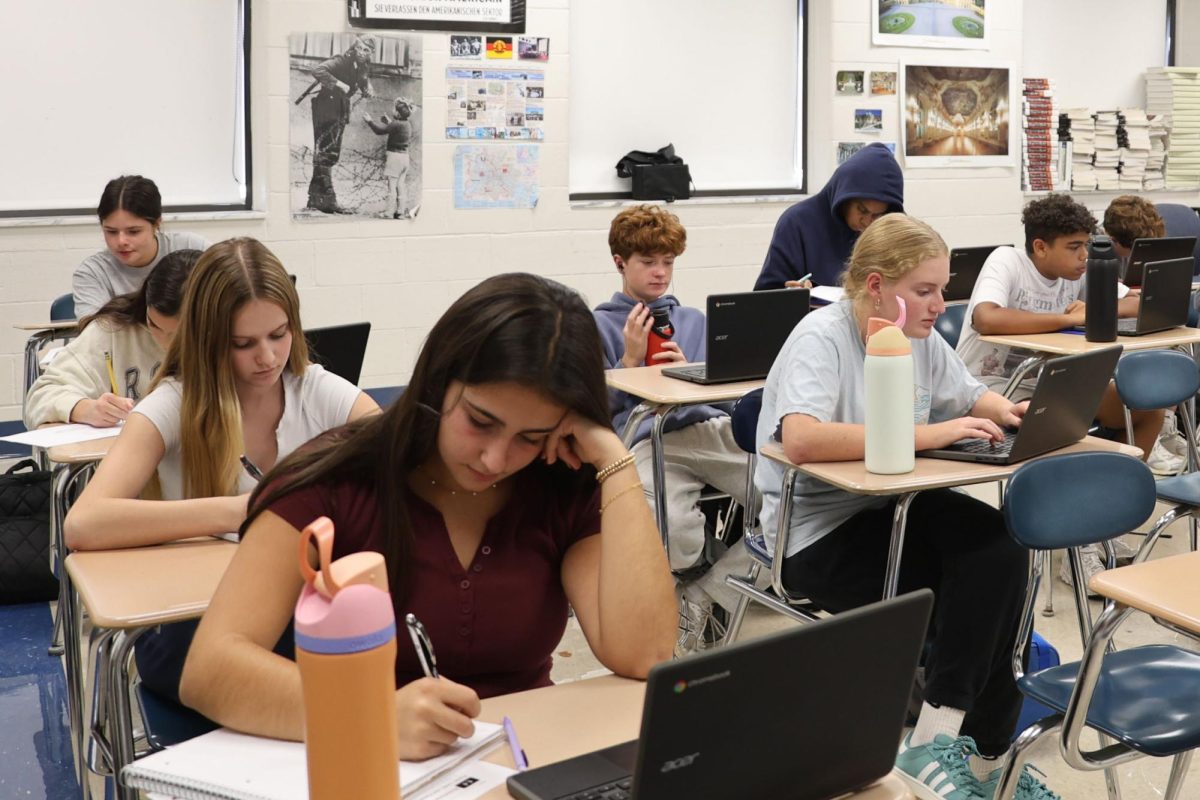School officials are finalizing a new district policy to be implemented in the next year that restricts when students can access their phones during the school day, in accordance with Ohio House Bill 250.
The bill requires Ohio schools to adopt a policy regarding cellphone usage during the day by July 1, according to the Ohio Department of Education and Workforce.
The ODEW offers a model policy, but districts are able to write their own if they prefer. According to the bill, policies must limit students’ cellphone use during the school day as much as possible and must make an effort to reduce distractions associated with phones in the classroom.
Assistant Principal Willie Cook, who is on the committee drafting the policy, said the committee is composed of the School Board president, the School Board vice president, all the administrators in the district, the tech team, the superintendent, the chief academic officer and other district-level administrators. They started writing the policy in the fall, and Cook expects it to be finalized by July, he added.
The committee has reached out to Student Council and parents in the community for feedback and commentary, he explained, which they are using to develop the policy.
“A lot of different hands and eyes are on it, but, ultimately, the Board will rule and decide what the policy is going to be,” Cook said.
Assistant Principal Kristen Kearns, who is also on the committee, explained the draft currently states high school students may not access their phones during “instructional periods,” but they are free to use them during lunch and the alloted time between their classes.
“Technically, study hall is still an instructional period,” she explained. “That’s where the frustration, I think, lies with the student body.”
French teacher David Kozy said a policy to promote engagement is necessary, but it should be developed with input from teachers and students.
“I do agree we need to establish an environment that promotes engagement and interaction,” he explained.
However, Kozy has concerns about the new policy because of issues he experienced with a similar policy the school had previously implemented in 2019, he added.
For example, Kozy said, the previous rule included a provision that if students were using their phones between classes, they must do so in the hallway and not in the classroom. This led to Kozy’s students spending the passing period standing just outside of his class on their phones until right before class was about to start, he explained.
“It drastically impacted the educational environment I was able to create,” he added. “I’m trying to create an environment that encourages high school students to speak and communicate in a second language.”
Cook said he doesn’t know for sure if this particular issue will still exist under the newly changed rules.
“I’m not sure how specific it is,” he explained. “My feeling is, when you enter a classroom, your phone needs to go into the designated space.”
Cook explained there will be some sort of system put in place to store students’ phones during class in every classroom under the new policy, such as wall-mounted pocket organizers.
Sophomore Maddy Thomas said she has other concerns in regards to the new cellphone policy. Thomas said she feels the proposed strictness of the rules seems unnecessary, and the rules should be left up to individual teachers rather than the district as a whole.
“People in my classes are only on their phones when we’re not doing anything or when we have the ‘okay’ from a teacher to be on our phones,” she explained. “Not using your phone in class while the teacher is teaching is obvious; you’re not supposed to be doing that.”
Thomas explained there are also many legitimate academic reasons students use their phones in class: as a calculator, for research, playing music to help them focus, checking their grades and submitting or uploading assignments.
Kearns said this topic was discussed while drafting the policy.
However, the committee ultimately decided students should avoid using their personal devices whenever it is possible, Kearns explained.
“What it came down to is, if there is a way it can be done without a phone, then we do it without a phone,” she explained.
Kearns wants the policy to be very straightforward and clear so that it is enforced equally across all classrooms and all students, she added.
“We as administrators asked for that,” she said. “We didn’t want it to be wishy-washy. We want it to be very cut and dry.”
The policy is still being drafted and subject to change, however, so the Board has not released any public copies in order to avoid confusion and misinformation, Cook explained. Therefore, he cannot verify specific details like what the possible punishment will be for violating the rules.
Kozy said he agrees it is important to use straightforward language in order for the policy to be incorporated successfully into the high school.
“As soon as we end up in a position where the policy is implemented in one classroom in one way, and in another classroom it is implemented in a slightly different way, the whole thing kind of falls apart,” he explained.
Kearns added phones can both facilitate student involvement and educational growth,but also cause a number of issues during the school day.
“We have had students get caught cheating with them, we have problems with students videotaping things they shouldn’t be, using them to meet up in the hallways and it just detracts from the focus of education,” she explained. “The whole point is to kind of unplug students and allow them to focus on their academics.”



























